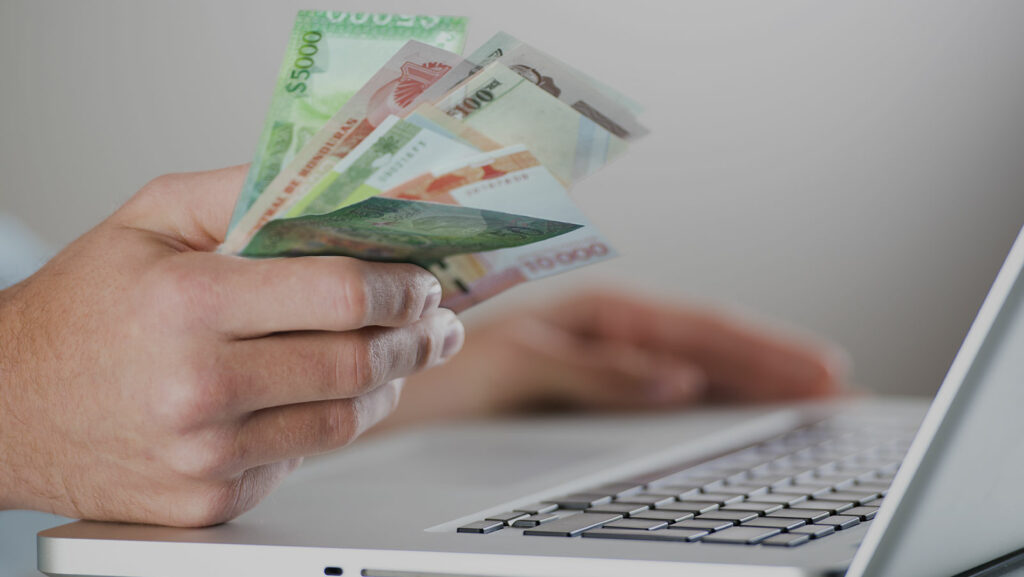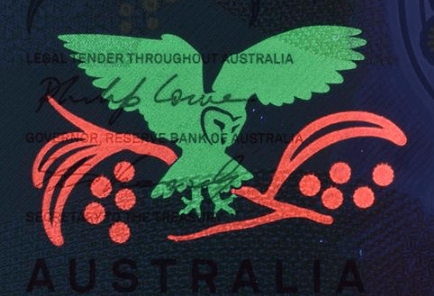Do You Have the Resources to Securely Verify Banknotes?
Ensuring the authenticity of banknotes is crucial in maintaining the integrity of financial transactions and safeguarding against counterfeit currency. Although the world is experiencing a significant shift from physical banknotes to digital transactions, mostly driven by technological advancements and the convenience of online banking and mobile payments, the existence of physical banknotes persists. This means that with counterfeit money circulating globally, businesses and institutions must ensure they have the expertise and tools to authenticate currency reliably.
Let’s dive into the crucial aspects of banknote verification, such as a technique to spot fake money, and discover how expertise and trusted resources (such as a reference database) can fortify your defenses to prevent fraudulent activities.
Understanding the Importance of Banknote Verification
Banknote verification serves as the frontline defense against counterfeit currency. Whether you operate a financial institution, retail store, or casino, the ability to distinguish genuine banknotes from counterfeits is crucial for maintaining financial integrity and protecting your business and customers.
The consequences of encountering a fake banknote can be significant. For businesses, accepting counterfeit currency results in immediate financial losses as fraudulent bills hold no monetary value and cannot be exchanged for genuine funds.
Beyond the direct financial impact, businesses may face legal repercussions and fines for unwittingly circulating counterfeit money, leading to additional financial strain and potential legal liabilities. Moreover, the discovery of counterfeit currency undermines trust and credibility with customers, risking reputational damage and loss of business opportunities.
Expertise in banknote verification is essential to mitigate these risks effectively. By leveraging technologies and employing trained personnel, businesses can implement robust authentication processes that can detect even the most sophisticated counterfeit attempts. Techniques such as visual inspection, tactile examination, and tilting for hologram verification are essential components of a comprehensive banknote verification strategy.
How Do You Verify Banknotes?
You can spot the authenticity of banknotes and their security features by using the “feel, look, and tilt” method. This is a standardized method used globally to also check ID documents.
By Look
- Microprint: microprints are small letters, numbers, and/or images that are barely perceptible to the naked eye but become visible when using a magnifying glass.
- UV detail: by using a UV light device, this security feature will glow.
By Feel
- Security paper: Different countries issue banknotes made of different materials like polymer/plastic, paper (usually containing cotton and linen), or hybrid, which contains a blend of polymer and paper.
- Rigged edge & slightly raised ink: It may also be that the note contains a slightly raised ink for the visually impaired. As an example, there could be a series of short-raised lines on the left and right edges of the note. The lettering and large value numeral may also feel thicker.
By Tilting
- Hologram: To verify the hologram of a banknote, tilt it under a light source and observe dynamic changes in color, perspective, and complexity. You will see that this feature will have a three-dimensional appearance.
- Optically Variable Ink (OVI): OVI uses colour-shifting ink, displaying different colours depending on the viewing angle.
- Watermark: Watermarks are often embedded within the paper or polymer substrate and are visible when the banknote is held up in the light. Counterfeit banknotes may lack this feature or have poorly replicated watermarks.
By employing these methods, businesses can mitigate the risk of accepting counterfeit money and maintain financial integrity in their transactions.
Rely on Trusted Sources in Banknote Verification
How we can ensure that a banknote is genuine is by comparing it to a trusted reference. Different countries issue banknotes with different security features. Therefore, by comparing it to a reference we can quickly assess which features to look at.
Moreover, the chosen reference be sourced from authoritative entities such as issuing authorities or central banks to guarantee its credibility. Additionally, it should be user-friendly to ensure efficiency. Factors such as accessibility, language options, clarity of descriptions, and the ability to save frequently checked documents contribute to a seamless experience.
Our DocumentChecker database contains the world’s most comprehensive and accurate reference information for ID documents and banknotes with over 6,000 notes globally. Based on over a century of knowledge and expertise in document verification, our databases are at the core of all our verification solutions. DocumentChecker supports you with performing reliable document verification and accordingly improving know-your-customer (KYC) and customer due diligence (CDD) processes, performing anti-money-laundering (AML) manual checks, and protecting your business from fraud. With banknote alerts, you will be updated on counterfeit notes that are circulating. Moreover, stay informed about newly uploaded documents and banknotes with timely notifications.
Watch a demo of DocumentChecker below to see how it works.
For businesses and financial organizations around the world, investing in expertise and leveraging reliable sources such as DocumentChecker can fortify their defenses against counterfeit currency and safeguard their financial interests and reputation.
Request a free trial below or contact us via email or +31 (0)20 7157 825 for any enquiries.


